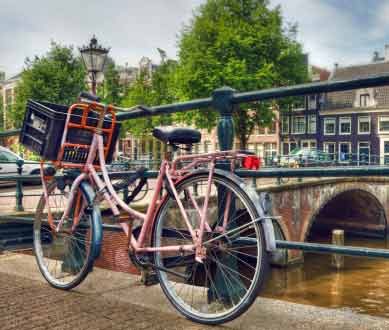
Amsterdam
Amsterdam is bike-friendly to a fault. With more bikes than people, the city is structured with cyclists in mind. Low speed limits in the centre curb the impact of the four-wheeled menace, while bike racks on public transport make it easy to take a load off if the saddle gets to be too much. Rental shops are ubiquitous, the terrain is famously flat, and an online bike-specific route planner makes it especially easy for non-locals to get around. Further afield, a countryside of tulip fields and windmills lies within a 30-minute ride from the city centre. It’s no wonder almost half of Amsterdammers commute on two wheels.
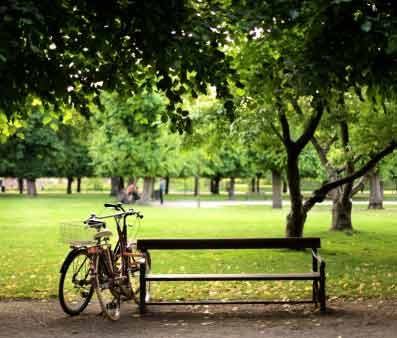
Copenhagen
Not riding a bike in Copenhagen is like not riding the trains in India – you’re missing out on a quintessential part of the experience. It’s just a nice bonus that riding a bike is the most convenient way to wander around Copenhagen’s best attractions. Bike lanes abound, as do bike lane-specific traffic signaling. Though Copenhagen’s famous free city bike share recently closed down, a new system is expected soon. The new “gobike” system should prove to be even better than before, promising to incorporate tablet PC’s into the bikes for a 21st century spin on 19th century technology.
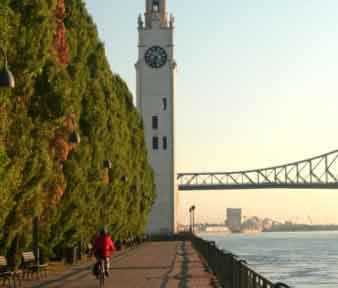
Montreal
If there’s one city in North America pre-built for bicycles, it’s Montreal. However, it’s only been in the past decade that the city has exploited its compact size for the benefit of the cyclist, installing hundreds of kilometres of bike lanes around the city, many segregated from traffic. Coupled with a thriving bike culture and scenic routes around and to its most famous parks, the city makes hopping on a bike an easy decision. And if you don’t already have one, Montreal is home to Bixi, the public bike share company that has exported its modular bike share system technology around the world, from Melbourne to Minneapolis.
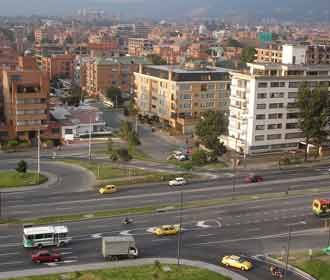
Bogota
Bogota’s ciclorutas crisscross the city, offering cyclists the chance to explore the Colombian capital in the company of the locals. It is by far the most bike-friendly city in South America, with arguably the most extensive bike path network in the world. The cycling network has been integrated with the local bus system, which offers bike parking at stops and stations, and it has been specifically designed to allow bike traffic to flow over Bogota’s topography. Each Sunday several primary and secondary roads are closed to automobiles for the leisurely enjoyment of cyclists and pedestrians.
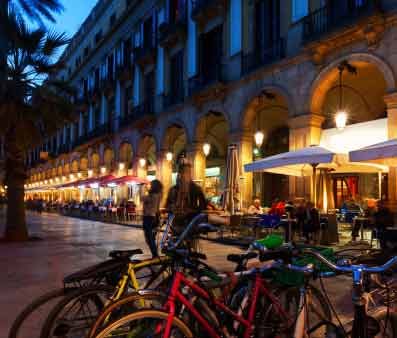
Barcelona
Cycling has been a part of Barcelona’s infrastructure for ages. Any visit to tourist districts of the city will uncover a dozen or more bike tour operators vying for his business. Of course, this enthusiasm for cycling implies that it’s just as easy to tour the sights of the city on your own. In a few hours of riding you can see the iconic Gaudi sculptures in Parc Guell, the Sagrada Familia, the massive Nou Camp soccer stadium and the famous cityside sand of Barcelona beach. The city’s protected cycle lanes and well-signed navigational aids will ensure that you won’t get lost.
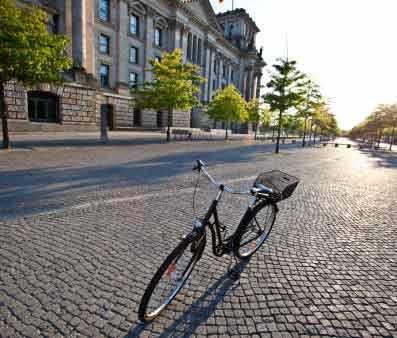
Berlin
With over 1,000 kilometers of bike paths, the vast majority of which are protected lanes, it’s no wonder that Berliners love to get around by bike. For the traveler, the major sights are within easy reach on a bicycle. Berlin’s Call A Bike sharing system takes bike rentals into unique territory, allowing you to simply lock the bike to any fixed object and call in a code to “return” it. For a true taste of the Berlin bike lifestyle, it’s best to take in a sunny afternoon at the vacant Tempelhof airport, where locals cycle and rollerblade up and down the abandoned runways.
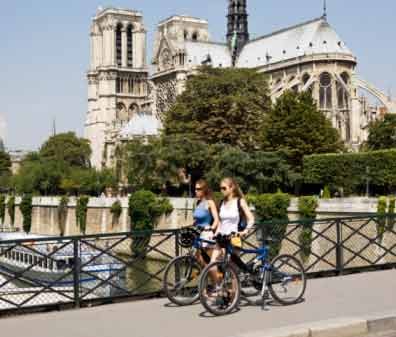
Paris
Paris’ Velib’ public bike sharing system is second only to Hangzhou’s in size of fleet and extent. Some 20,000 Velib’ bikes prowl the almost 500 kilometers of bike paths around the French capital. And with so much to see, it’s nice to know that a healthy chunk of those bike paths are protected from manic Parisian motorists. The greatest feature of Paris’ bike system, however, is its ubiquity. A Velib’ station is almost always within sight, or just around the next corner. So after a moonlight cruise past the Eiffel Tower or a sunny ride down the Seine, you need not worry about being left in the lurch.
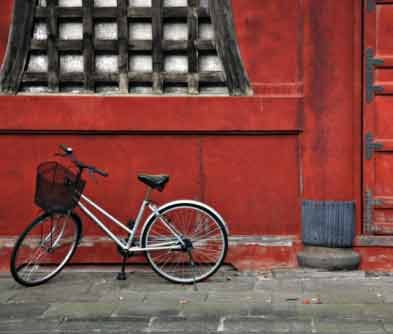
Tokyo
The mega-city of Tokyo has one of the most expansive and futuristic public transit networks on the planet, but its residents still swarm the streets (and sidewalks!) on their bicycles. Though the extent of bike lanes is still limited compared to other transit infrastructure, safe drivers help ease the tension between car and cyclist. Unique automated underground bike parking garages provide for a bit of a technological thrill when you need to stash your ride. Meanwhile, cycling tours of Tokyo are as popular as bike commuting is with the locals, as its the best way explore the world’s largest city on a more intimate level.
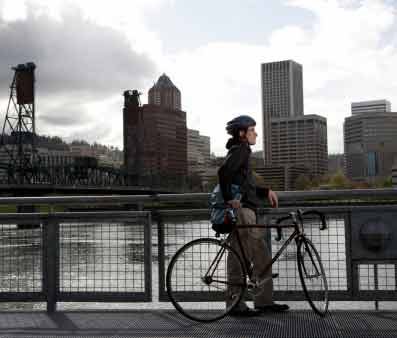
Portland
American cities are historically notoriously anti-bike. The road networks and suburbs were built for automobiles, long commutes and few pedestrians. But Portland, America’s favourite oddball and progressive city, is decidedly at the forefront of the American bicycle revolution. More than its ubiquitous bike lanes and popular bike share program, the thing that sets Portland apart is the rabid bike culture. The city boasts more cyclists per capita than anywhere else in America, and many restaurants and cafes maintain bicycle parking racks. However, the biggest upshot of all this for the visitor whose chain has fallen off is that seemingly every second person is also a bike mechanic.
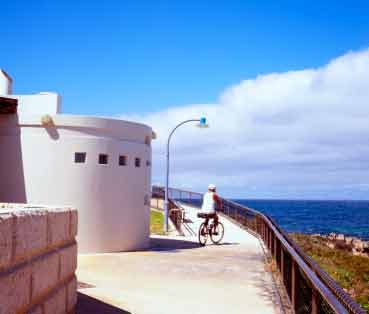
Perth
Western Australia’s isolated capital is actually one of the most liveable metropolises in the world thanks to unimpeachable weather and smart city design. A large chunk of the intelligent infrastructure work has come in the form of hundreds of kilometres of bike paths, which allow Perthites to get into and around their city with ease. Commuters enjoy bike lockers and change stations, which are found across the city. For the visitor, numerous scenic routes line the coastline and the local Swan River. What’s more, the best way to see Rottnest Island, a vehicle-free nature park just next to the city, is naturally by bicycle.
